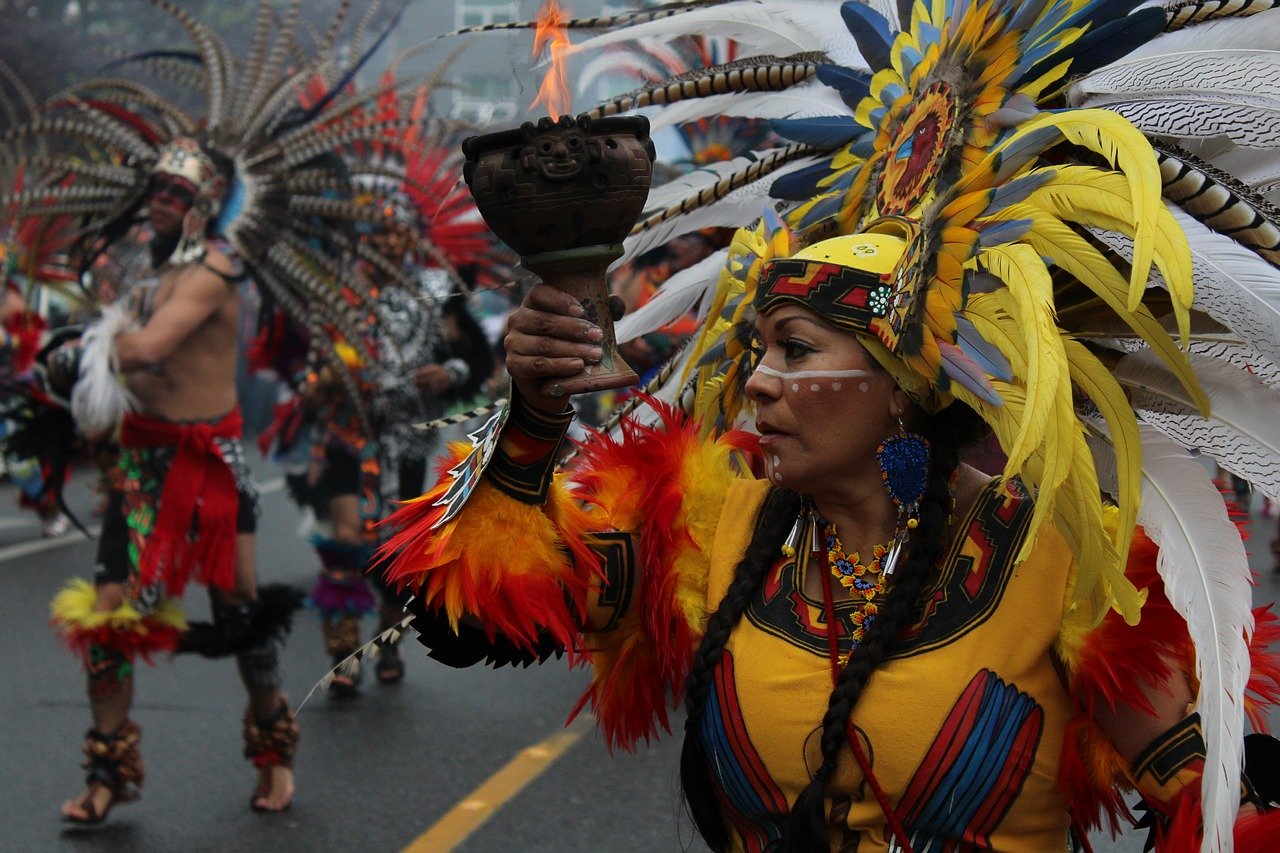The Supreme Court of Canada agreed on Wednesday to hear an appeal concerning the rights of Native Americans with US citizenship north of the border.
Richard Desautel, the plaintiff in this case, is a US citizen and member of the Lakes tribe of the Colville Confederated Tribes in Washington state. Desautel was charged with hunting without a license and hunting big game while not being a resident of British Columbia after shooting a cow elk dead on British Columbia soil. Since the US-Canadian border falls between Washington state and British Columbia, Desautel’s tribe is denied access to their ancestral hunting grounds.
Desautel argues that, at the time, he was exercising his right under Canada’s constitution to hunt for ceremonial purposes on the traditional land of his ancestors, the Sinixt. The Sinixt tribe have a history of living between British Columbia and Washington state before the 49th parallel was drawn; throughout time, ancestors of the Sinixt people became known as the Lakes tribe and split off, with most choosing to live in the southern part of their territory in the US, while some chose to live north of the border. By the 1930s, the Lakes tribe in Washington state stopped traveling north to hunt. The last Sinixt descendant living in Canadian borders passed away decades ago, and Canada had since declared the tribe “extinct.” In the 2019 ruling, Court of Appeal Justice Daphne Smith wrote that “imposing a requirement that Native Americans may only hold Aboriginal rights in Canada if they occupy the same geographical territory in which their ancestors exercised those rights ignores the Aboriginal perspective, the realities of colonization and does little towards achieving the ultimate goal of reconciliation.
On Wednesday, the Canadian Supreme Court agreed to consider whether the phrase “aboriginal peoples of Canada” in the Constitution Act of 1982 includes Native American groups located in the US. In legal filings, prosecutors warned of “legal and practical difficulties” that could arise from a decision in Desautel’s favor, including the possibility that other Native American groups in the US with traditional territory divided by the border could be entitled to constitutional rights in Canada. The government would then have a duty to consult with them on projects impacting their traditional lands, such as pipelines, a move that the Crown states is “entirely inconsistent with the objective of turning Canada into a fully independent state, free from foreign involvement in [its] constitutional affairs.”
Although initially the case may seem to be revolving around a narrow issue of hunting rights on ancestral land, the case has far-reaching implications for Native Americans on both sides of the border. In the eyes of those with Sinixt ancestry, the US-Canadian border drew an artificial boundary into their traditional lands that they have hunted and fished on for generations. “This case,” according to Desautel’s lawyer, “is about [the Sinixt people’s] very identity.”


